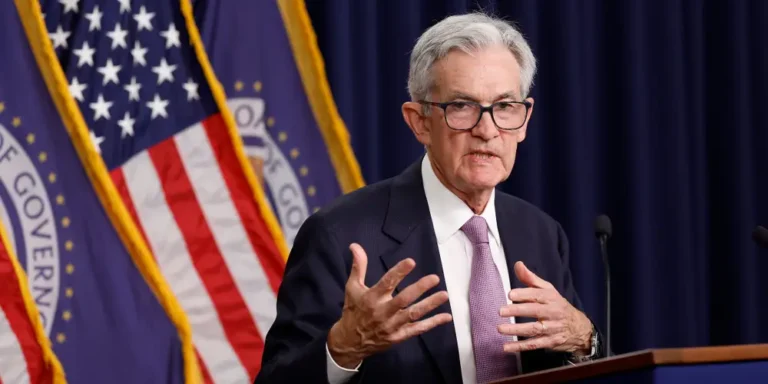‘Something has been changing’: Why a top economist is still worried about a recession even as the US economy keeps growing

The probability of a recession hitting the US economy is rising after a flurry of signals have flashed in recent weeks and months.
That’s according to economist David Rosenberg of Rosenberg Research, who compiled a list of recessionary indicators in a note on Friday.
“What is the best recession indicator? That’s a hard question to answer — why not dodge it completely and just look at all of them?” Rosenberg asked.
Rosenberg’s compilation of 20 recessionary indicators comes as the US economy continues its resilient run, defying recession callers.
Second-quarter GDP growth was revised higher-than-expected to 3.0% from the 2.8% expected on Thursday, retail spending data is still solid, and consumers could soon get another breath of life when the Federal Reserve cuts interest rates, which is expected to happen in September.
But according to Rosenberg, some worrying signals have historically only flashed on the precipice of an economic downturn.
“The ‘indicator of indicators’ indicates recession,” Rosenberg said.
Of the 20 recession indicators compiled by Rosenberg, nine have been triggered.

Some of the recession signals that have flashed include the Sahm Rule, the Leading Economic Indicator Index, and the inverted yield curve, among others.
Many of the recessionary indicators that have not yet flashed are found in the manufacturing and transportation sectors, which remain solid.
“Currently, 45% of the recession indicators we tracked have been triggered. Going back to 1999, that’s never happened without a recession occurring,” Rosenberg said.
The list of signals flahsing has steadily risen since 2022, when only 10% were triggered. That rose to about 25% in 2023 and the first half of 2024.
But since then, the recession warnings have been growing.
“Sometimes more is more, and this is a case in point. Looking at recession thresholds across different sectors of the economy makes it clear that something has been changing since mid-2024 — the long-anticipated slowdown may finally be arriving,” Rosenberg said.
To prepare for a potential economic downturn, Rosenberg recommended clients diversify their portfolios in “recession-proof” assets like Treasurys and gold and tilt them to defensive equities like utilities and consumer staples.
Below is a list of the 20 recession indicators compiled by Rosenberg Research.







